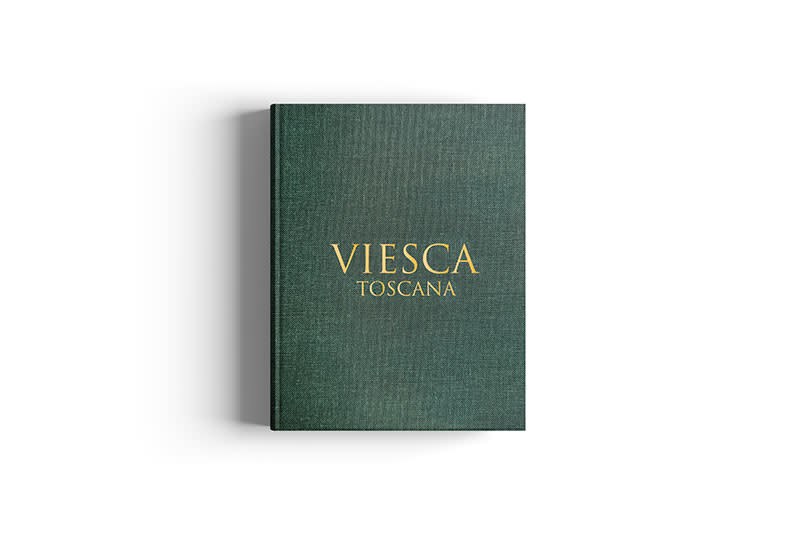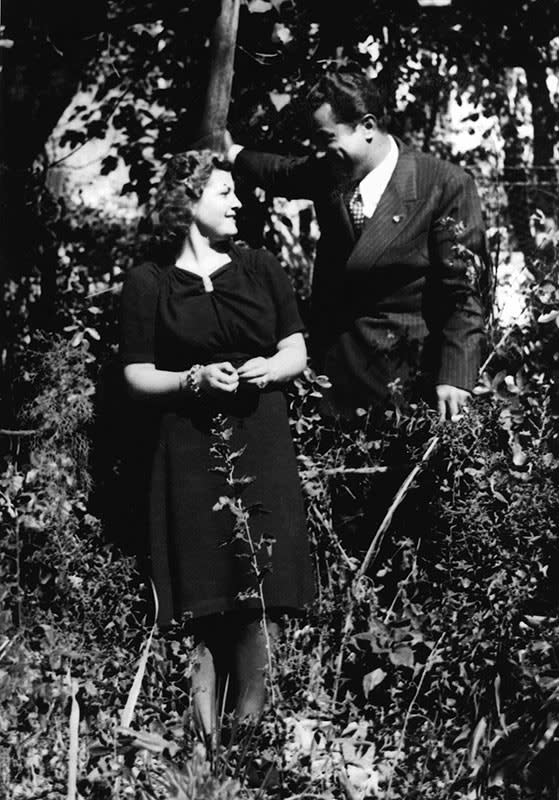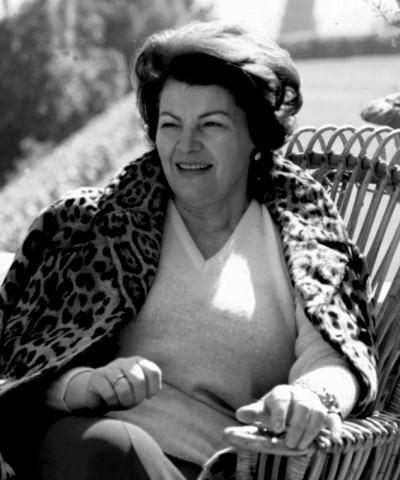The first book on the Viesca Tuscany estate
The Ferragamos' tribute to their progenitor, the legendary Wanda
In Viesca “nature provides us with everything we need, even centrepieces,” Wanda Ferragamo used to utter with a smile when inviting her beloved children and grandchildren to breakfast or important guests to dinner. You can still see her wandering around the garden and orchard, inspired by nature, hunting for produce she would then set the table with. So begins the book Viesca Toscana: an elegant coffee table book, written by Ginevra Visconti, granddaughter of Salvatore and Wanda Ferragamo, and published by Gruppo Editoriale.
 Viesca Toscana
Viesca Toscana The first volume that tells full of anecdotes and memories across three illustrated chapters, the deep bond that binds the Ferragamo family toViesca Toscana, the splendid estate in the Florentine countryside purchased by Salvatore and Wanda Ferragamo in 1952to transform it into a bucolic family oasis.
 Wanda and Salvatore Ferragamo in Viesca in the 1950s
Wanda and Salvatore Ferragamo in Viesca in the 1950sSurrounded by majestic mountains, immersed in the verdant Valdarno landscape, with its gentle features and intense colours, Viesca today is the realisation of Salvatore and Wanda Ferragamo’s dream and love project.Walking along the quiet paths of Viesca, the harmonious physical and mental dimension of this land, where nature and artefacts, tradition and innovation, city and country, family and hospitality, come together to form a quality of life that only the happy formula of ‘liveable’ can explain. And speaking of this, it must be remembered that this was the birthplace of Masaccio (1401-1428), the father of perspective in the Renaissance painting art.
While it may be surprising to discover that Masaccio was born just a stone’s throw from Viesca, it is even more exciting to realise that the Museo di Arte Sacra , attached to the Romanesque parish church of San Pietro a Cascia in Reggello, houses his first work, the Trittico di San Giovenale (1422). In fact, the book concludes with a chapter entirely dedicated to the surroundings, rich in history and art, including Florence, Siena and Arezzo, as well as breathtaking views and boundless nature trails where you can admire free-roaming animals and the characteristic Balze del Valdarno.











